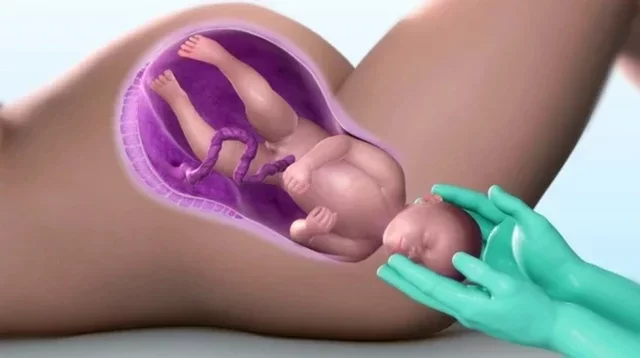
Imagine your child (9-11 years) playing outside with friends, and they come running up to you, excitedly saying, 'Mommy, look what I found! It's a big balloon!' You turn to see them holding a condom, inflated like a balloon.
Naturally, your first reaction might be to say, 'Throw that away; it's not a balloon.' But then comes the inevitable question. 'But what is it?'
If this situation happens to you, are you prepared to handle it? How do you respond when your child asks, 'What is a condom?'
This situation can catch any parent off guard. You may feel unsure about how to respond in a way that satisfies your child's curiosity without overwhelming them with too much information. However, with a little preparation, you can turn this awkward moment into a valuable and educational experience for your child.
Why might your child ask about condoms?
At nine years old, children are naturally curious about the world around them. They may ask about condoms for a variety of reasons. Perhaps they've seen one in a store or on TV, overheard a conversation, or as in the scenario above, stumbled upon one by accident.
Children are often exposed to new concepts and objects they don't fully understand, and when they ask questions, they are simply seeking to make sense of what they encounter.
This curiosity is a healthy part of their development and learning process. As a parent, how you respond to these questions is crucial - it is an opportunity to provide clear, age-appropriate information that helps your child build a safe and accurate understanding of the world.
How to explain what a condom is to your child
When it comes to explaining sensitive topics like condoms to children, honesty is the best policy - but it must be balanced with age appropriateness. Here is a straightforward explanation that you can offer to a child aged 9 to 11:
'A condom is a special cover that adults use to keep themselves safe when they are close to each other in a way that can make babies. It helps to stop diseases from spreading and can also help to prevent having babies until they are ready.'
This explanation is simple, and direct, and avoids overwhelming your child with unnecessary details. It provides just enough information to satisfy their curiosity while setting the stage for more in-depth conversations as they grow older.
Clarifying what a condom is not
Just as important as explaining what a condom is, it's vital to clarify what a condom is not. Children might see a condom and think it's a balloon, a toy, or something meant for them to play with. It's crucial to dispel these misconceptions early on. You could say:
"A condom isn't a balloon or a toy, and it's not something for children. It's a tool that adults use for specific reasons that you'll learn more about when you're older."
This sets clear boundaries and helps your child understand that while it's okay to be curious, some things are intended for adults only.
Creating a safe space for questions
One of the most important things you can do as a parent is to reinforce that it's okay for your child to ask questions. Children need to know that they can turn to you whenever they're curious or confused about something. When they ask questions about sensitive topics like condoms, use it as an opportunity to build trust and open the lines of communication.
You might say something like:
'I'm glad you asked me about this. Whenever you have questions, it's okay to come and ask me. I'm here to help you understand things in a way that makes sense.'
This reassures your child that you are a safe source of information and encourages them to continue coming to you with their questions in the future.
Worried that your child will misuse the information?
As a parent, it's natural to feel concerned about how much information to provide and whether discussing topics like condoms is appropriate for your child's age. However, research shows that children who receive early, age-appropriate education about their bodies, relationships, and safety are better equipped to make informed decisions as they grow.
Additionally, by being a reliable source of information, you establish trust with your child. This means they are more likely to turn to you in the future when they have questions or face situations where they need guidance. Besides, when children understand that some things, like condoms, are meant for adults, they are less likely to misuse or misunderstand these items.
Ideally, addressing your child's curiosity about condoms can be a delicate but important task. By providing clear, age-appropriate information, you help them understand the world around them safely and accurately. Remember, it's not just about answering their immediate question but also about fostering an environment where they feel comfortable coming to you with their questions.
This openness and trust will serve as a strong foundation for future conversations about more complex topics as they grow older. By being a reliable source of information, you empower your child to make informed decisions and understand the importance of boundaries and context.

















Comments